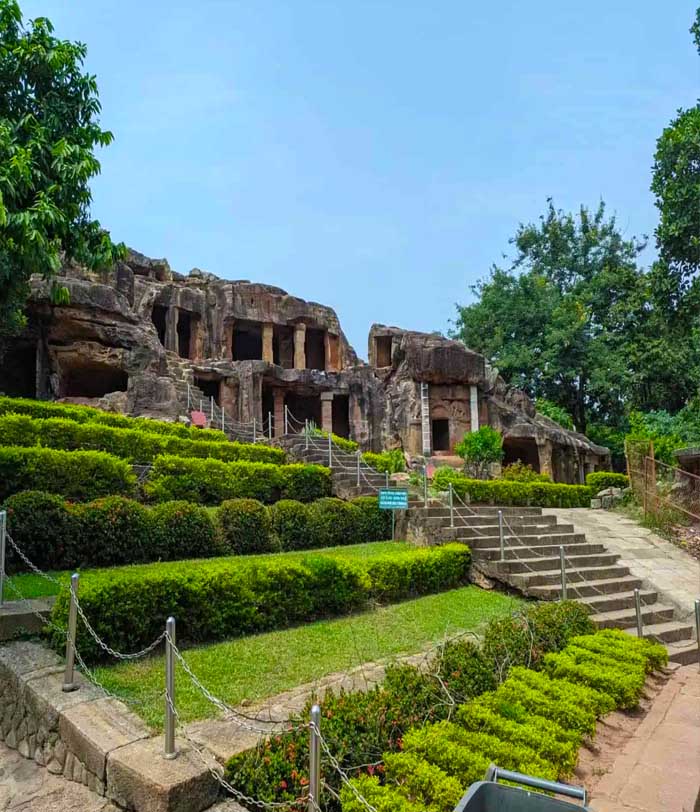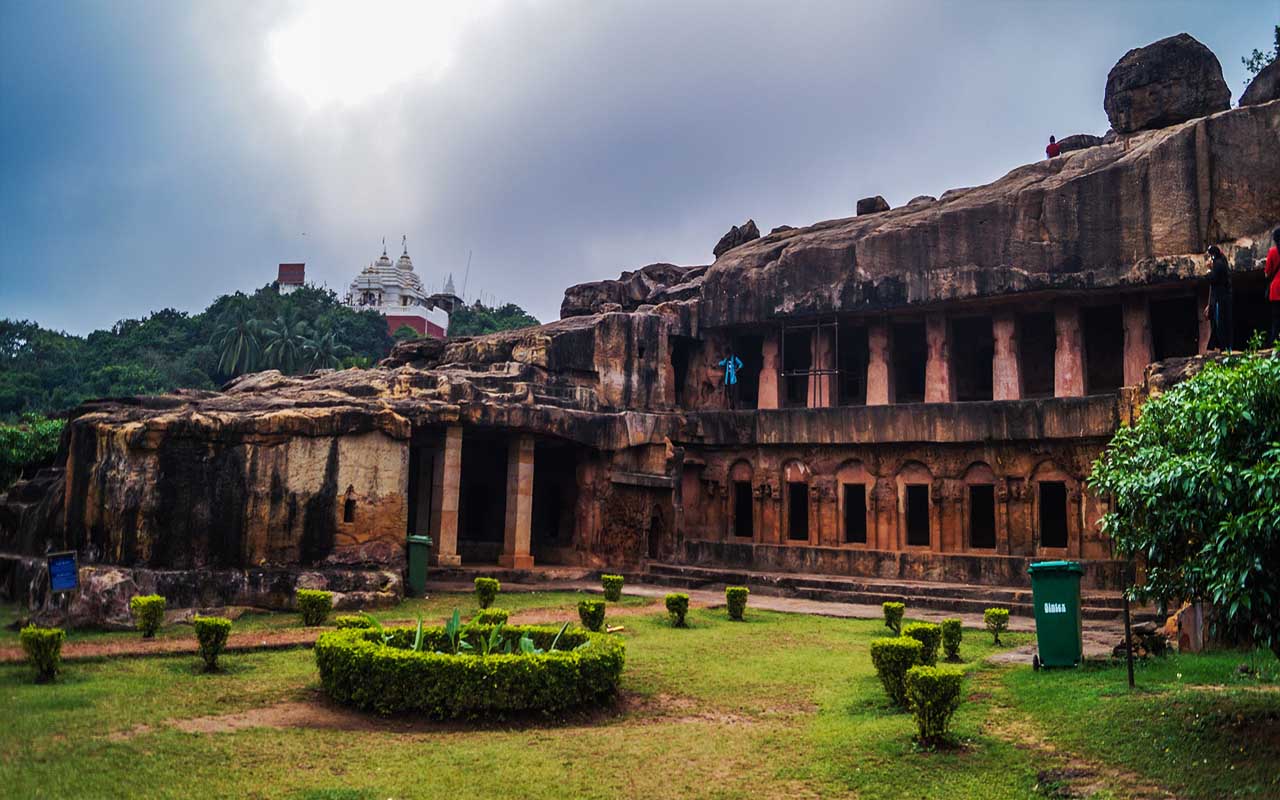Udayagiri and Khandagiri Caves
APRIL 27, 2017Udayagiri and Khandagiri Caves, formerly called Kattaka Caves or Cuttack caves, are partly natural & partly artificial caves of archaeological, historical and religious importance near the city of Bhubaneswar in Odisha, India.
The caves of Udayagiri and Khandagiri, called lena or le?a in the inscriptions, these were taken out mostly during the reign of Kharavela for the abode of Jain ascetics. The most importance of this group was Ranigumpha in Udayagiri which is a double storeyed monastery. Other important caves include Hathi Gumpha, Ananta Gumpha, Ganesha Gumpha, Jaya Vijaya Gumpha, Mancapuri Gumpha, Bagha/Byaghra/Vyaghra Gumpha and Sarpa Gumpha.
History of Udayagiri and Khandagiri Caves
B. M. Barua, based on a reading of line 14 of the Hathi Gumpha inscription, declared that a total of 117 caves were excavated by Kharavela and others on the Kumari hill (Udayagiri). Marshall has counted more than 35 caves in both the hills, while M.M. Ganguli has enumerated only 27 caves.

In Udayagiri, Hathi Gumpha (cave 14) and Ganesha Gumpha (cave 10) are especially well known for their historically important sculptures and reliefs. Raninka Na'ara (Queen's Palace Cave, Cave 1) is also an extensively carved cave and elaborately embellished with sculptural friezes.Khandagiri offers a fine view back over Bhubaneswar from its summit. The Ananta Cave (Cave 3) depicts carved figures of women, elephants, athletes, and geese carrying flowers.
Rani Gumpha is the largest and most popular cave among the caves of Udayagiri and Khandagiri.The word Rani means "queen".Although it is not an architectural marvel, it has some ancient beautiful sculptures.

